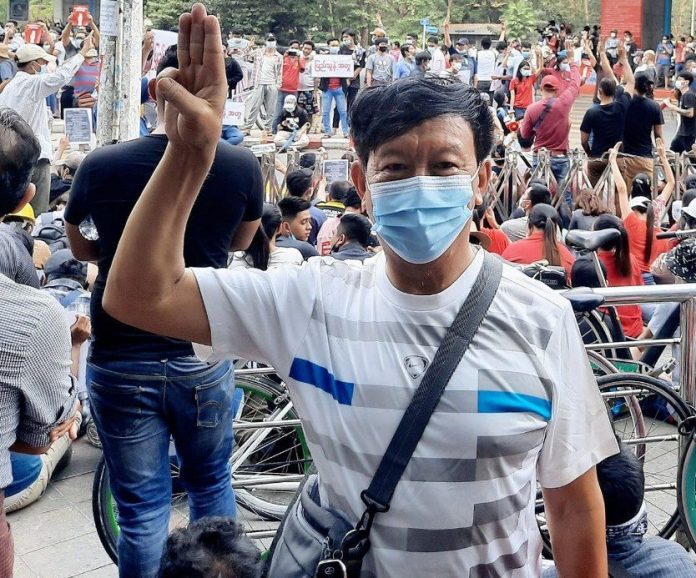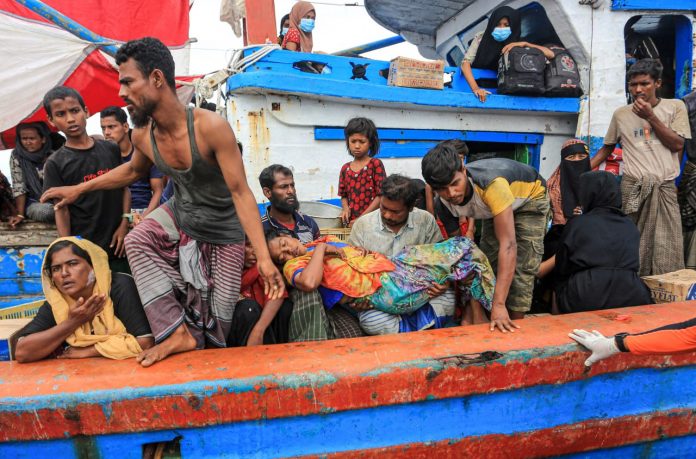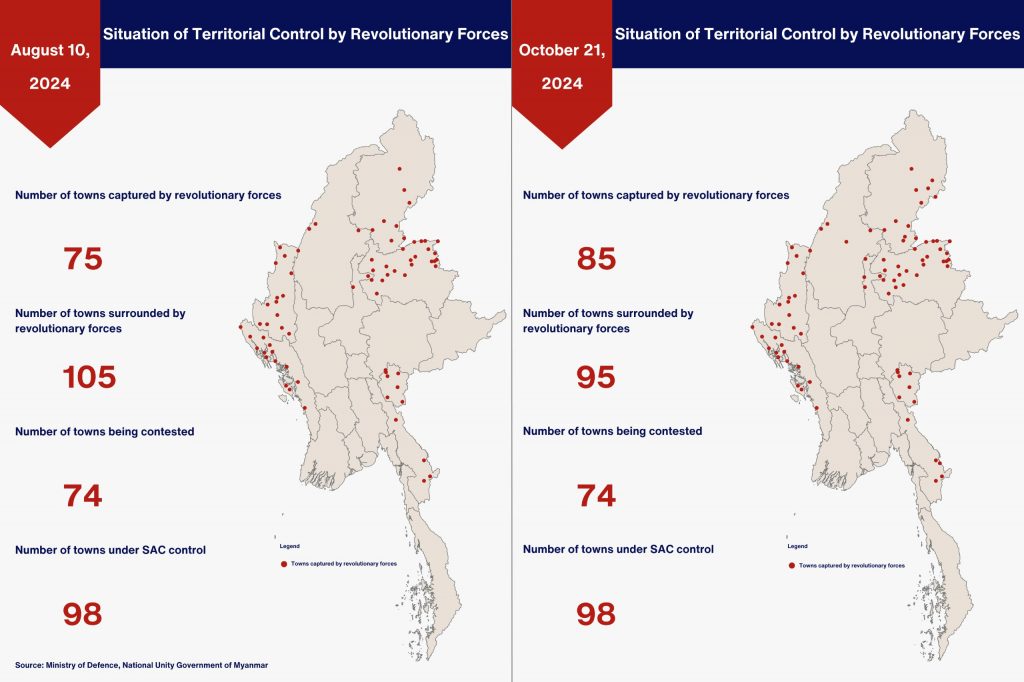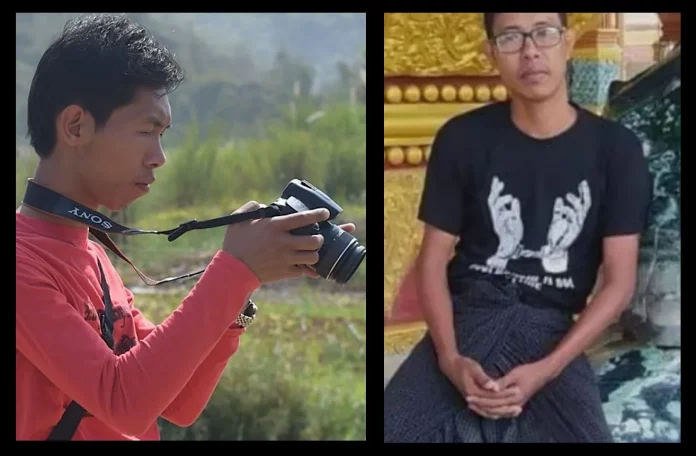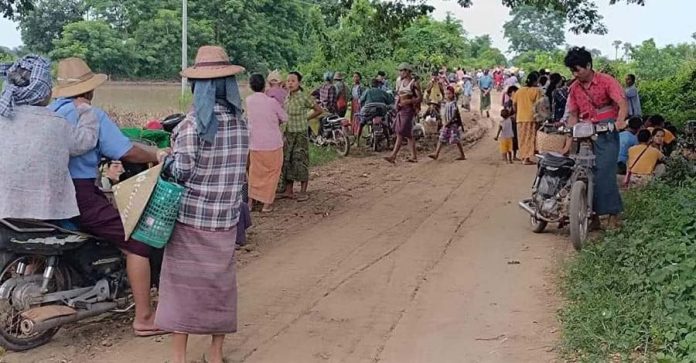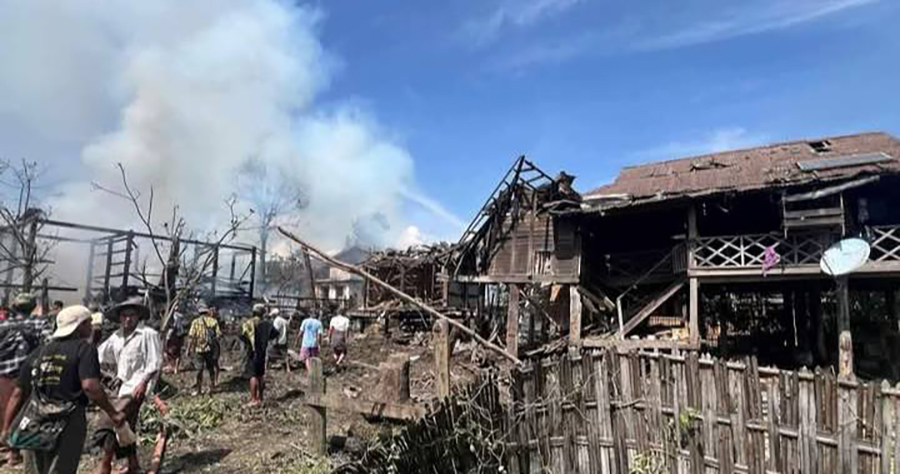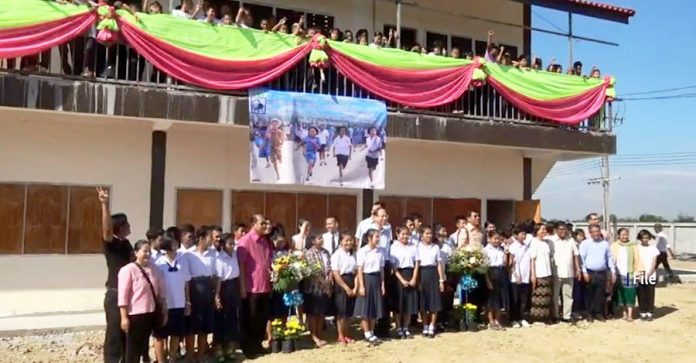Guest contributors
Patrick Keeney & Sheraz Akhtar
Refugee education in Thailand faces significant challenges, particularly during crises such as the COVID-19 pandemic. The existing approach, shaped mainly by a short-term emergency mindset, has resulted in disruptions to the education of refugee students and a lack of sustainable solutions.
While international non-governmental organizations (INGOs) have been active in providing education, their methods have only sometimes been in sync with the long-term needs of refugee students. What’s needed is a more organized and systemic approach that involves the Thai Ministry of Education, INGOs, and the United Nations Refugee Agency (UNHCR).
Our recommendations are informed by extensive field research by Akhtar among Bangkok’s Pakistani Christian refugee community. We argue that four critical improvements are needed to improve refugee education: integrating refugee students into public schools, recognizing and supporting Community Learning Centers (CLCs), enhancing UNHCR support, and a strategic shift in focus for INGOs.
The Thai Ministry of Education, as the primary authority in the country’s education system, should take the lead in assisting refugee students to Integrate into public educational institutions.
Thailand has an “Education for All” policy, including stateless persons and refugees. Integrating refugee students into public educational institutions offers a path toward sustainability and long-term development. The current approach of providing informal, community-based learning centers (CLCs) limits the academic progress of refugee students. These centers emphasize basic English literacy, with minimal attention given to STEM subjects (Science, Technology, Engineering, and Mathematics). The lack of a balanced curriculum restricts students’ opportunities for higher education and social integration. However, formal schooling would enable refugee students to receive a standardized education, ensuring they have the same opportunities as their Thai peers and opening up a brighter future.
Integration into public schools aligns with a human rights approach to education, which emphasizes accessibility, adaptability, and inclusivity. By attending public schools, refugee students would gain access to qualified teachers, a structured curriculum, and the potential for recognized qualifications, such as diplomas or certificates. This would enhance their prospects for employment and further education. Additionally, the social aspect of being part of a larger, more diverse student body would promote cultural understanding and help refugees become better integrated into Thai society.
The Thai Ministry of Education’s support in this transition is crucial. It would ensure that refugee students are included in the national education system and receive the support needed to adapt to new environments. Such an initiative could follow the example of other countries, like Turkey, where the government collaborated with NGOs to transition refugees from community learning settings to public schools, ensuring better integration and long-term stability.
The Thai government should recognize CLCs, integrate the national curriculum, and support their gradual transition into public schools.
Community Learning Centers (CLCs) have played an essential role in educating refugees. However, their informal nature means that they often lack accreditation and consistency. To improve the quality and legitimacy of CLC education, the Thai government should formally recognize these centers and integrate the national curriculum into their offerings. This would standardize education across CLCs and provide refugee students with a more consistent educational experience.
Integrating the national curriculum would further ensure that refugee students in CLCs receive the same level of education as their peers in public schools, making it easier for students to transition into the public education system, as they would already be familiar with the curriculum. Furthermore, this approach would address one of the key criticisms of CLCs: they focus too heavily on basic literacy skills rather than offering a well-rounded, formal education. By aligning CLCs with national standards, refugee students could receive a more holistic education that prepares them for future opportunities.
The gradual transition of CLCs into public schools would help maintain student stability while working toward a more integrated and inclusive system. It would allow the Thai government and INGOs to build the necessary infrastructure and resources over time, ensuring that refugee students are not left behind during the transition. This step-by-step approach would also help reduce potential resistance from hesitant communities to integrate their young people into public schools.
The UNHCR should provide support to Thai INGOs by appointing education officers to monitor and evaluate education practices.
The UNHCR plays a vital role in supporting refugee education worldwide, and its involvement in Thailand could be strengthened by appointing dedicated education officers. These officers could provide technical assistance to INGOs and CLCs, ensuring that refugee education is aligned with international standards and human rights principles. They would also monitor and evaluate educational practices’ effectiveness, helping identify gaps and areas for improvement.
A significant issue in the current refugee education approach is the inconsistency in practices across different organizations. As observed with the Bangkok Asylum Seeker and Refugee Assistance Network (BASRAN), INGOs often pursue their own agendas, leading to a lack of coordination and fragmented efforts. UNHCR education officers could foster greater collaboration and coherence among the actors involved, ensuring that refugee education efforts align with broader policy goals.
By monitoring educational practices and offering guidance, the UNHCR can help ensure refugee students receive the best education possible. This would also facilitate transitioning from informal, emergency-focused approaches to more structured, long-term solutions. Furthermore, having a transparent system of evaluation would help INGOs and CLCs secure funding, as donors would be more likely to support programs with proven effectiveness.
INGOs should assess their capacity to provide formal education. If they cannot, they should focus on supporting integration efforts rather than maintaining informal, short-term approaches.
Many INGOs in Thailand have focused on providing emergency education to refugees, often offering basic literacy and makeshift online resources. While these efforts have provided immediate relief, they still need to address the long-term educational needs of refugee students. It is time for INGOs to assess their capacity for offering formal education. If they lack the resources or expertise to provide a comprehensive, accredited education, they should prioritize supporting refugee students’ integration into public institutions instead.
This shift would allow INGOs to use their limited resources better by focusing on areas where they can have the greatest impact. For example, they could provide language support, tutoring, and supplementary resources to help refugee students adapt to the national curriculum. They could also collaborate with public schools to offer cultural sensitivity training, helping to ensure that both Thai students and teachers are prepared to welcome refugee students into their classrooms.
Such a reorientation would align with the broader goal of sustainable development and the UN’s emphasis on inclusive and equitable education. It would also help to close the gap between policy and practice that currently undermines refugee education in Thailand. By working with the Thai government and the UNHCR, INGOs can ensure that refugee students receive the support they need to succeed in a formal educational setting.
A coordinated approach for sustainable refugee education.
The current approach to refugee education in Thailand, characterized by informal, emergency-focused methods, needs to be revised to meet the long-term needs of refugee students. The shift to online education during COVID-19 further exposed the gaps in digital infrastructure and the need for more sustainable educational solutions. Adopting a more coordinated and integrated approach involving support from the Thai Ministry of Education, the UNHCR, and INGOs makes it possible to create a more stable and effective education system for refugees.
Integrating refugee students into public schools, recognizing and supporting CLCs, appointing UNHCR education officers, and shifting the focus of INGOs toward integration support rather than emergency measures would collectively ensure that refugee students receive the education they deserve. This approach would provide refugee students access to accredited education and future opportunities and foster greater social integration and stability.
It is time to move beyond the perpetual emergency mindset and work toward a more inclusive and sustainable vision for refugee education in Thailand.
Patrick Keeney is a Canadian writer and editor. His interests lie at the intersection of politics, philosophy, and the history of ideas.
Dr. Sheraz Akhtar lectures at Indiana Wesleyan University (United States) and Chiang Mai University (Thailand). His research focuses on refugee communities’ social, economic, and education development, including teacher training in emerging countries.
DVB publishes a diversity of opinions that does not reflect DVB editorial policy. We’d like to hear what you think about this or any of our stories: [email protected]


